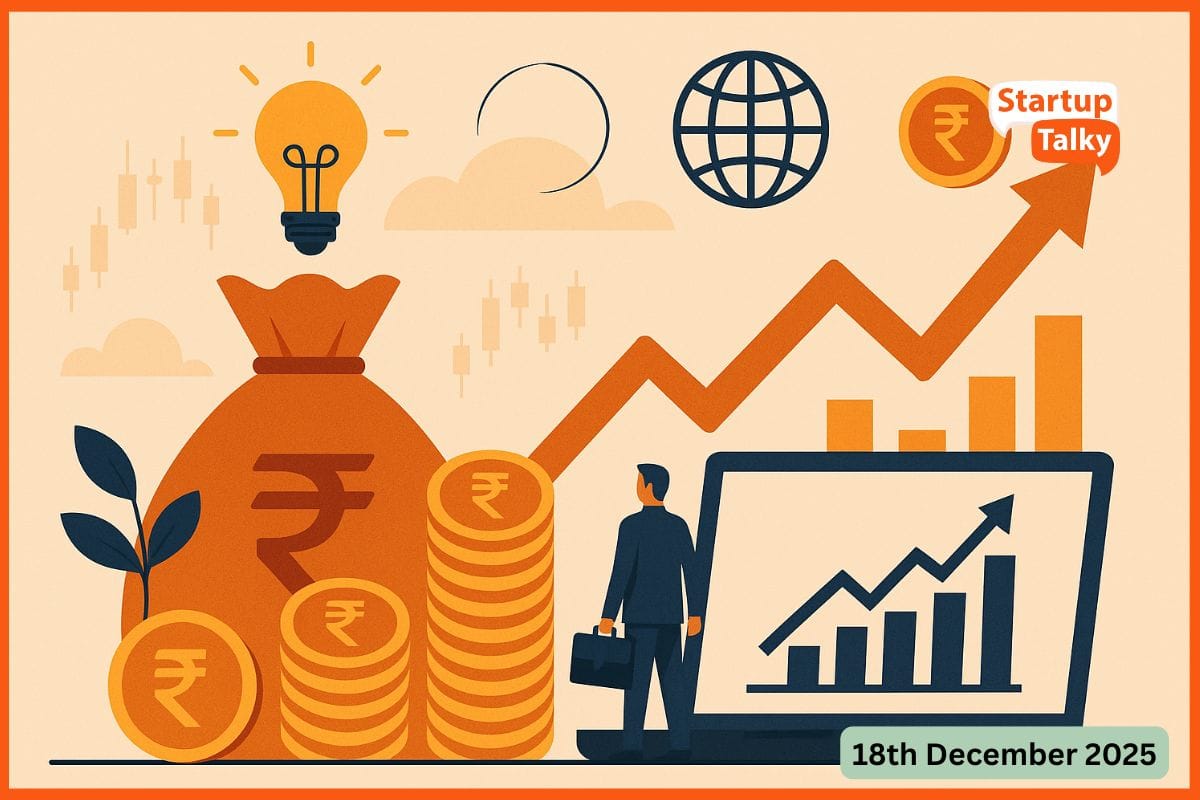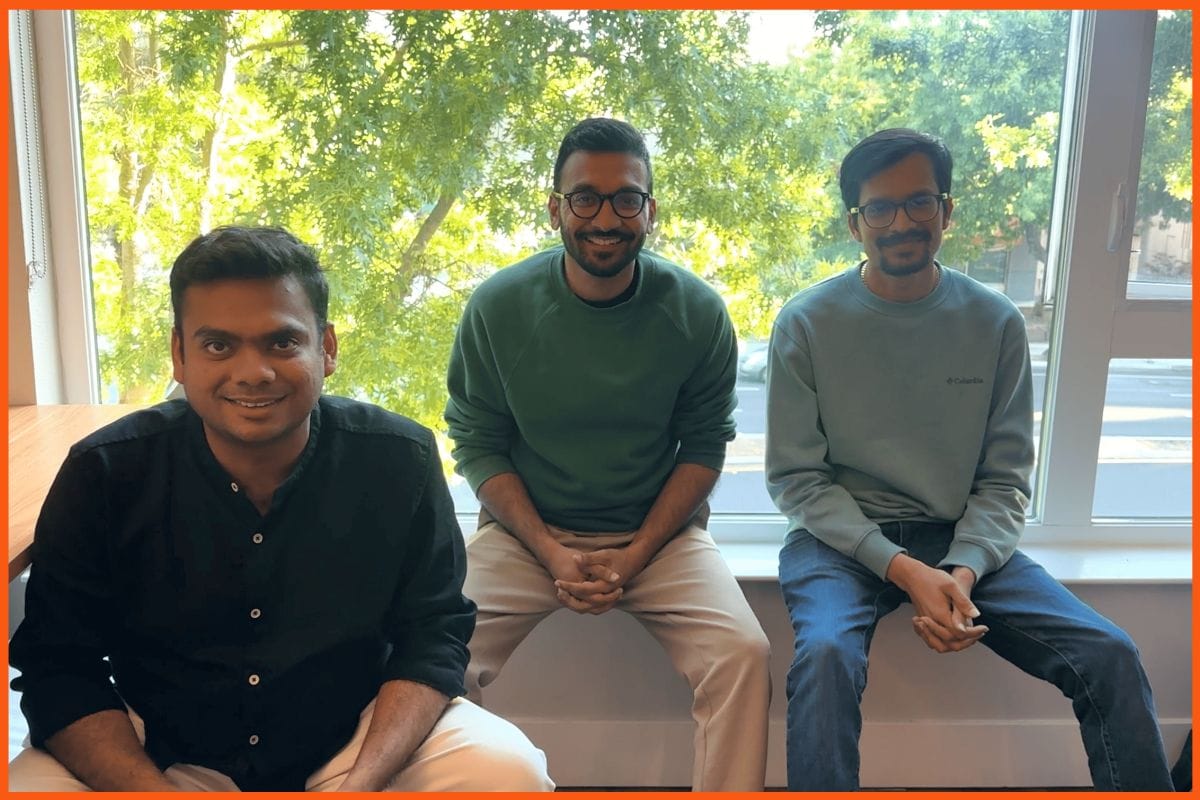India Returns to the Moon, but This Time It Will Land There and Then Return to Earth

The Chandrayaan-4 expedition to the moon has been given the go-ahead by the Union Cabinet, headed by Prime Minister Narendra Modi. The project's objective is to acquire and show the technologies necessary to successfully return to Earth after landing effectively on the moon. Furthermore, the mission will collect lunar samples and examine them on Earth. Chandrayaan-4 will finally attain the core technological capabilities necessary for an Indian landing on the moon, which is scheduled to take place by the year 2040, and will also safely return to Earth.
During the Amrit Kaal, the Government of India presented an expanded vision for the Indian space program. This vision envisions the establishment of an Indian Space Station (Bharatiya Antariksh Station) by the year 2035 and the landing of an Indian spacecraft on the moon by the year 2040 simultaneously. Several follow-on missions such as Gaganyaan and Chandrayaan are planned to be carried out to bring this vision into reality. These missions will include the development of capabilities related to space transportation and infrastructure. The Chandrayaan-3 Lander successfully proved a safe and gentle landing on the surface of the moon, which has resulted in the establishment of critical technologies and the display of capabilities that are only possessed by selected nations.
ISRO Will Be in the Driving Seat Again
ISRO will be in charge of the development of spacecraft as well as the launch of new spacecraft. In accordance with the established procedures that are now in place at ISRO, the Project will be handled and monitored in an efficient manner. With the cooperation of both the business world and academic institutions, it is anticipated that the mission will be finished within a period of 36 months after it has been approved.
It is anticipated that all of the essential technologies will be created entirely within the country. A number of different industries will be utilised in order to accomplish the task, and it is anticipated that there will be a significant employment potential as well as technology that will be transferred to other areas of the economy.
The Financial Dynamics of the Program
The total amount of money that is required for the technology demonstration mission known as "Chandrayaan-4" is INR 2104.06 crore. The cost encompasses the development and realisation of spacecraft, two launch vehicle missions of LVM3, support from an external deep space network, and the execution of special tests for design validation. This will ultimately result in the mission of landing on the moon's surface and safely returning to Earth along with the lunar sample that will be collected.
The mission would make it possible for India to achieve self-sufficiency in essential fundamental technologies for manned missions, the return of lunar samples, and the scientific analysis of lunar samples. A considerable amount of Indian industry will be involved in the process of bringing this vision into reality. The Chandrayaan-4 science meetups and seminars have already been created as part of the plan to bring together the academic community in India.

Must have tools for startups - Recommended by StartupTalky
- Convert Visitors into Leads- SeizeLead
- Website Builder SquareSpace
- Manage your business Smoothly Google Business Suite







